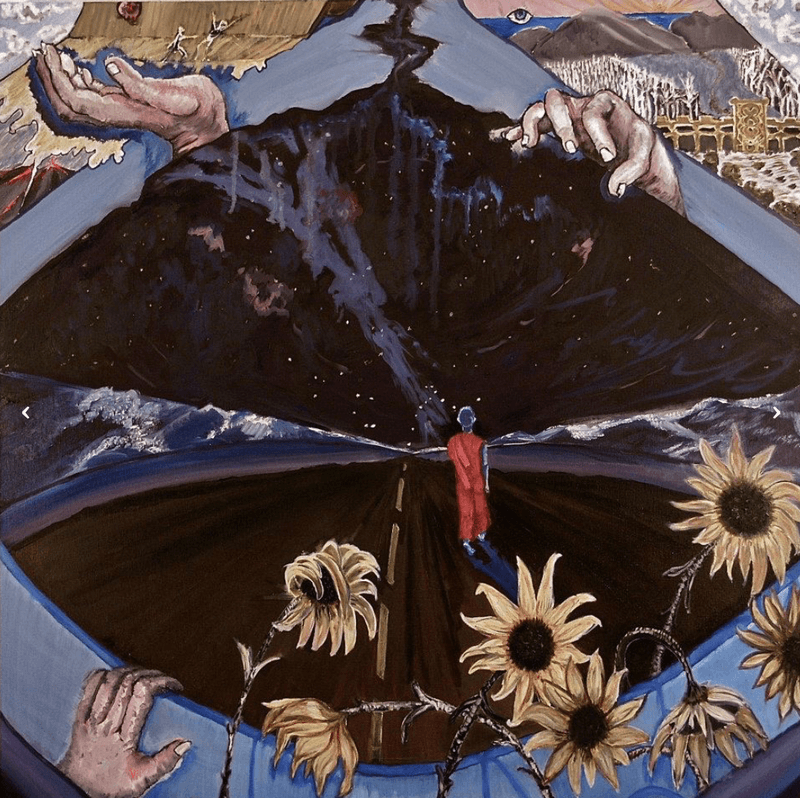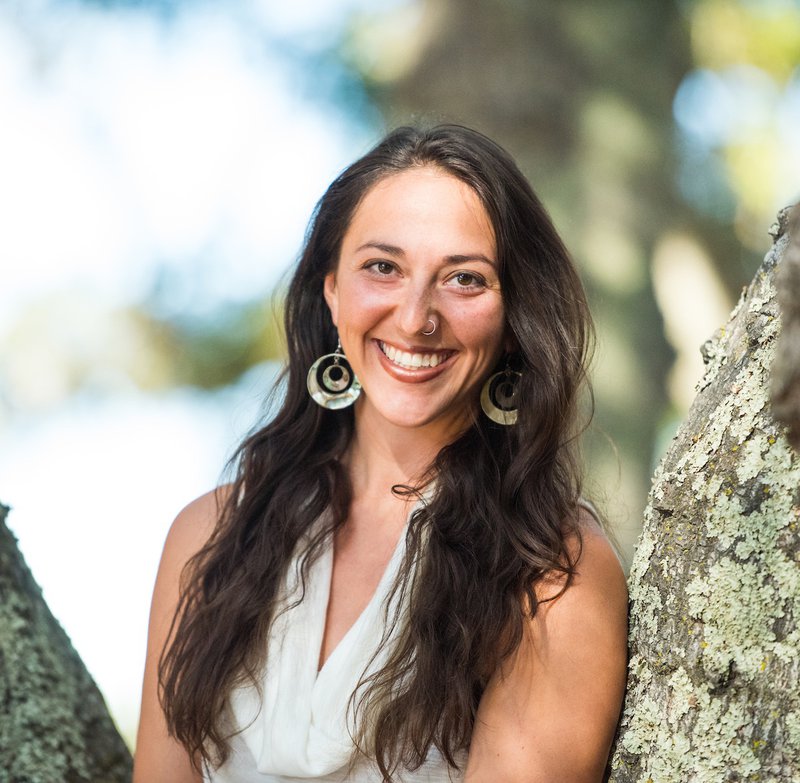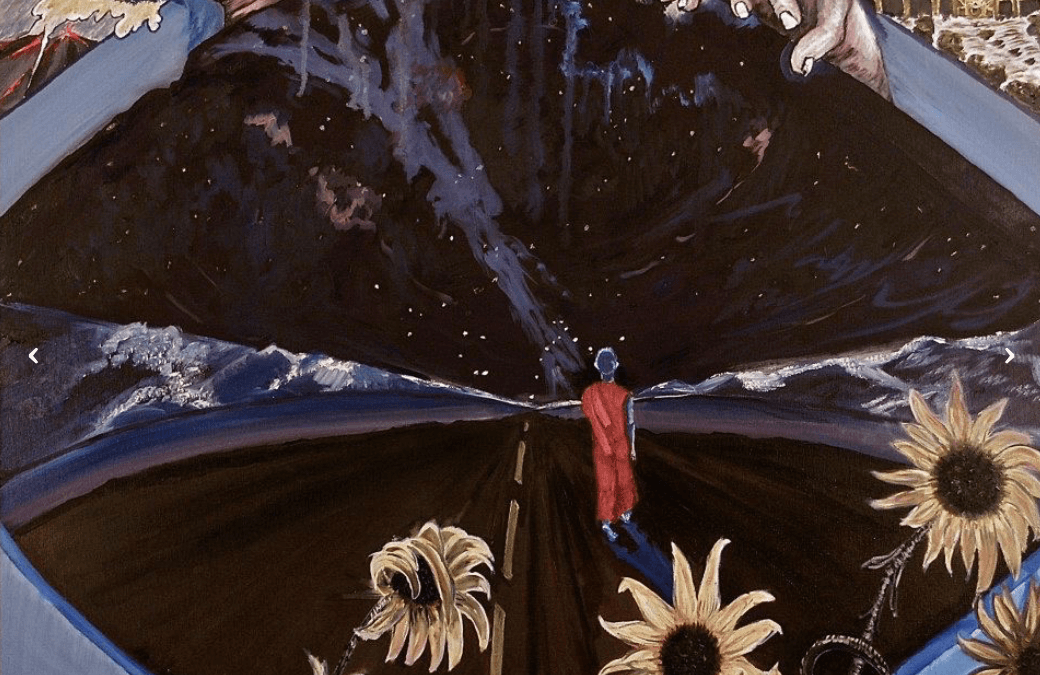By Naomi Kimmelman
“Only when you drink from the river of silence shall you indeed sing. And when you have reached the mountain top, then you shall begin to climb. And when the earth shall claim your limbs, then shall you truly dance.” – Khalil Gibran, The Prophet
This article is about the creative process. Specifically, the part that is not very comfortable and not very glamorous. The unwanted sibling, of what we tend to love and get really excited about. The opposite of muse.
Often called writer’s block, artist’s block, ambivalence, the dark night of the soul, living the unlived and unexpressed life or simply feeling uninspired, stuck, and disenchanted, some of us live in this dark and disillusioned state, most of the time. There is a narrative that runs deep in many of us that says, “I’m not creatively inclined and I’m certainly not an artist.” I personally don’t believe this to be true. But, I do know that feeling or being blocked in any area of your life – whether on a specific project, for a day, week, month or even years – can be unbelievably painful and discombobulating. Having a deep creative block hurts.
Humans are creative beings. Humans live on and are part of the earth. Therefore, we can look to the earth to support us. The connection between our innate creativity and earth cycles and rhythms is complex and not something that is taught to most of us within the context of the general repertoire and curriculum of what we learn about in school, or even at home. Yet, the skills found within the study of creative process and earth wisdom can have a huge impact on our emotional intelligence and our ability to live successful and fulfilling lives. [1]
The cycle and process of living a truly creative and self expressed life is not simple or easy. As Julia Cameron, author of The Artist’s Way, points out, “the creative process is a process of surrender, not control.” [2] Yikes! That can be a challenge for many of us, especially those of us from a culture that values production and innovation. But alas, we cannot control everything. There are peaks or high points, when life is going our way and there are valleys, when our world seems to be falling apart. [3] We enter the valley and the mountain shadows us.
This article explores: What is creativity? What does it mean when we feel stuck in our lives? And, it offers a perspective on how to approach creative blockages through the lens of Archetypal and Eco-Psychology.

What is Creativity?
For me, being alive is being creative. Thus, I hold the belief that we are all creative, all the time. Being creative does not have to imply an engagement in an art form, an innovation, an idea, or to procreation and parenting.
Creativity is hard to define. C.W Taylor, in "Various approaches to and definitions of creativity" published in 1988, points to over 60 different definitions of creativity within psychological literature alone. [4] And that’s from thirty-one years ago! The study of creativity is vast and there are many avenues to explore.
But, when we look at the word ‘create’ or ‘creativity’ through the lens of etymology, the study of the origin of words and the way in which their meanings have changed throughout time, the definitions get really interesting! We find that the root of ‘creativity’ comes from the Latin creatus, past participle of creāre, meaning, "to have grown, to bring into being, beget, give birth to.” [5] Also related to Ceres and crescere "arise, be born, increase.” Ceres is the Roman goddess of agriculture, grain and fertility. Her Greek counterpart is the goddess Demeter.
Exploring the myths and meaning behind the roots of ‘creativity’ leads us into the world of metaphor and symbolism. Looking at our lives and our creative blockages through the mythic and archetypal lens offers us the opportunity to find ourselves within the context of a cycle and connect to something greater than ourselves. It offers us a map in which we can see where we are, where we have been and where we might go. It provides hope to our creative selves, especially in times of despair.
The ancient Greeks and Romans believed that Demeter and Ceres were the epitome of motherhood and responsible for both creating and sustaining life. According to some myths, “it was Ceres who showed humans how to grow wheat” [6] and both goddesses could cause or put an end to famine. They had great power to create and to destroy.
Both goddesses are also famous for the stories surrounding their daughters. For Ceres, Proserpina and for Demeter, Persephone. In both myths, the daughters who represent Spring and the maiden archetype are abducted by Pluto (Roman) or by Hades (Greek), gods of the Underworld.
Ceres calls for her daughter and searches for Proserpina all over the land, her grief palpable. Famine, drought and Winter take over as Ceres (or creativity) mourns her loss. Finally, after many months, Pluto is absolved, persuaded by the other gods to release Proserpina back to the world to be reunited with her mother. [7] Spring comes, life is renewed and Ceres's wound, Creative’s block, the famine, is relinquished. But alas, as agreed upon by all the gods involved, Proserpina must return to the underworld for one third of each year.
I offer this perspective to support you as you travel on your creative journey: The mythology reflects the cycles of the seasons. Winter turns to Spring which turns to Summer and then Fall. The process of being creative, of living, often reflects these same cycles.
Viewing our life experiences through the mythic and symbolic landscapes can be useful in helping us to live full creative lives and to not lose hope when we have been abducted down into the underworld. Or, stuck in a dark place with a creative block. Just like the seasons, our personal journeys often mirror that of the natural world.
We are not always blessed with the most profound ideas or have the capacity to see those thoughts into action. Sometimes, we get stuck. Sometimes, we are pulled back. Whether from external circumstances or from the self deprecating power of our own minds, we are not always meant to be “creating.” But, we are always creative.
The point is, there are stages and cycles in life, in being creative and in being self expressed! Being blocked, stuck, and brought down into the darkness is part of the path. It’s not the fun part. But, I rest in knowing that I am still creative even when I’m not creating. Just like we develop and change over the course of our lives, the earth has its growing and dying cycles as well. The mirror of the earth, the seasons and the mythology behind the word “creative,” are tools to help locate ourselves when we are lost.
Where are you now, in this cycle? ~ What have some of your other 'big cycles' of creativity looked like over the course of your life? ~ What part in the cycle are you coming from? ~ Based on where you are now, what might be on the horizon for you?
Remember, “God changes his appearance every second. Blessed is the man who can recognize him in all his disguises.” ― Nikos Kazantzakis, Zorba the Greek

Writer Bio
I have a passion for art, psychology, spirituality and nature. I believe that through these endeavors we can access immense joy, connection, healing, purpose, and fulfillment. I believe that in bringing consciousness and intentionality to the important moments in our lives we can create a life that is utterly profound, beautiful, deep, connected and meaningful. Helping people to recognize, reflect on, integrate and construct rituals and ceremonies is what I do.
I am an associate psychotherapist, artist, writer, mentor, visionary, and ceremonialist. I hold a Master’s Degree in Holistic Counseling Psychology with an emphasis in Depth Psychotherapy from John F. Kennedy University. I received my BA from Sonoma State University in Psychology with a minor in Art. I serve as a member of The Board for the International Expressive Arts Therapy Association (IEATA) and I have been a presenter for the International Association for the Study of Dreams (IASD). I am committed to the destigmatization of mental health, the dissemination of tools available within the evolving field of psychology and contributing to a society in which quality wisdom, skills and services can be made accessible to all people.
Contact her at:
naomikimmelman.com
info@naomikimmelman.com
Endnotes
- Plotkin, B. (2008). Nature and the human soul: Cultivating wholeness and community in a fragmented world. Novato, Calif: New World Library.
- Cameron, J. (2016). The artist's way: A spiritual path to higher creativity. NY, NY: TarcherPerigee.
- Jung, C. G. & Hillman, James. (1979). "Peaks and vales.,” in Puer papers. Irving, Tex: Spring Publications
- C.W. Taylor. (1988). "Various approaches to and definitions of creativity.," in The nature of creativity: Contemporary psychological perspectives, ed. R.J. Sternberg. Cambridge University Press. ISBN 0521338921
- Create. 2019. In Merriam-Webster.com. retrieved June 28, 2019, from https://www.merriam-webster.com/dictionary/create
- Muscato, C. (n.d.). Ceres, Roman Goddess of Agriculture: Importance & Mythology. Retrieved June 28, 2019, Chapter 6, Lesson 11, from https://study.com/academy/lesson/ceres-roman-goddess-of-agriculture-importance-mythology.html
- Cartwright, M. (2016, March 24). Persephone. Ancient History Encyclopedia. Retrieved from https://www.ancient.eu/persephone/

